Product design is an under-appreciated art. A beautiful box, an ergonomic interaction, or an overall pleasing product experience can transform a consumer’s perception of a brand. The new aim of product design is to convert passive or even ambivalent consumers into KOC (key opinion customers). On the contrary, packaging or products that are poorly conceived and thoughtlessly planned leave consumers underwhelmed, disappointed, or worse, without a shareable moment that a consumer can use to tell others about their purchase.
Why design products for customer involvement
According to one Nielsen report, good packaging design can entice 64 percent of consumers to try a product for the first time. But there’s a thin line between success and failure—it’s estimated that package design has only three seconds to make an impression on the consumer before their attention wanders elsewhere. With more than 70 percent of purchase decisions said to take place at the “shelf” (either in-store or online), brands must make those three critical seconds count. A survey carried out by HKTDC in 2018 showed that consumers paid markedly more attention to the packaging of food products than they had five years previously. In contrast, consumer interest in factors like price and raw materials had decreased over that same period.
One of the newest breeds of package and product design’s primary goals is to motivate customers to share their purchases on social media. Marketers recognize that the single most potent purchase recommendation comes from a family member or friend. And so, transforming the unboxing experience or a product’s first impression into something that surprises and delights, to the point where customers feel compelled to share, is a core marketing tact.
For countless brands, executing successful product design means hiring a design firm. But increasingly, brands realize that the planning and design stages are a critical area for customer involvement. Consumer-centric branding and marketing involve listening to customers, building communities, and creating feedback loops. The end result is a consumer-centric brand ecosystem that allows the brand to continuously calibrate what the customer needs and to respond accordingly.
Product design and the experiential journey
Product design extends to the experiences shoppers have before trying a product. Now that more transactions take place online, the packaging experience is a critical touchpoint in the experiential journey. Brands are paying greater attention to experiential product design. Brands are trying to build excitement into the purchase process, they are adding scents and sound to the unboxing experience, and attempting to have this all culminate in an overwhelmingly positive first product impression.
The Chinese beauty brand, Mao Geping standouts for creating a deluxe unboxing-experience. Some of the boxes used for Mao Geping’s lastest collections could stand alone as art pieces: each is lined with shimmering gold and feature classic Chinese aesthetic designs.

Maybelline’s makeup kit in a mahjong case
Limited edition releases create a great opportunity for brands to get creative and experimental. One of the biggest events in the Chinese marketing calendar is the unofficial contest between brands bidding to create the most compelling, creative, and culturally resonant packaging for their limited edition Chinese New Year releases. Some recent examples from 2019 include SK-II paying a subtle nod to the Year of the Pig with its lipstick packaging, and Maybelline releasing a makeup kit that came packaged in a mahjong case, complete with tiles to gather the family around for the traditional Spring Festival game.
Packaging that turns customers into KOC
Packaging has always played a role in branding, but it has never been as important as it is today. Traditionally, the unboxing moment was an opportunity for the brand to deliver a unique, memorable experience to the consumer on a one-to-one level. Some argue that the unboxing is the most intimate moment a brand has with the consumer, and there is little doubt its the best time to turn a customer into a KOC. In today’s social media-centric culture, unboxing has become a performance to be broadcast and shared with friends and followers with the energy and anticipation of opening gifts on a Christmas morning or at a birthday celebration. Every unboxing is like a portal with the potential to introduce the product to a circle of first-time customers or remind existing customers of the brand’s values. Packaging can also be a signifier of status and exclusivity, communicating to the consumer that they are purchasing a certain lifestyle.
The most successful brands now design product packaging with laser-focus on maximizing the excitement and satisfaction derived from that special moment. And brands are recognizing that a thrilling unboxing experience is not just a way of driving organic social sharing—the brand itself can use unboxing videos for content marketing. Chinese brands like Perfect Diary have tapped into this, using KOC’s unboxing videos on their own social channels to inspire a sense of wonder and envy that can convince a consumer to make a purchase.

A KOL’s unboxing video of Perfect Diary on XHS(小红书)
Designing packaging for social shareability is not just about unboxing. Brands visualize the consumer’s online activity—but specifically the buyer’s journey—to identify each potential opportunity to activate KOC to share information or images about the brand and its products. For example, many Chinese consumers spend significant time researching products online before they commit to a purchase. According to McKinsey’s China Digital Consumer Trends 2019 report, social media has an increasingly significant impact on the entire Chinese buyer’s journey. Product awareness and purchase intent influenced by social media have increased by 35% and 85% respectively from 2017 to 2019.
Examples of other design touchpoints that the shopper will experience possibly before interacting with the product also include web or app design and window displays. Retail models are currently undergoing a major transition, with brands reconceptualizing brick-and-mortar stores and e-commerce playing an ever more important role in the purchasing process. Interactive store designs and in-store events are just a couple of the initiatives that brands are implementing in a bid to compel the consumer to continue visiting brick-and-mortar stores, even in the age of ultra-convenient one-tap e-commerce.
Brands tend to focus on pre-purchase touchpoints in designing memorable experiences, and with good reason. Every interaction that happens prior to the purchase can lead the consumer a step closer to a conversion—or alternatively, cause the consumer to hesitate or withdraw entirely. But consumers expect to be courted prior to the purchase. Opportunities for arbitrage lie in the post-purchase journey since many brands neglect this phase or execute poorly. Fostering KOC advocacy via community building and amazing customer service are ways a brand can step up its post-purchase experience.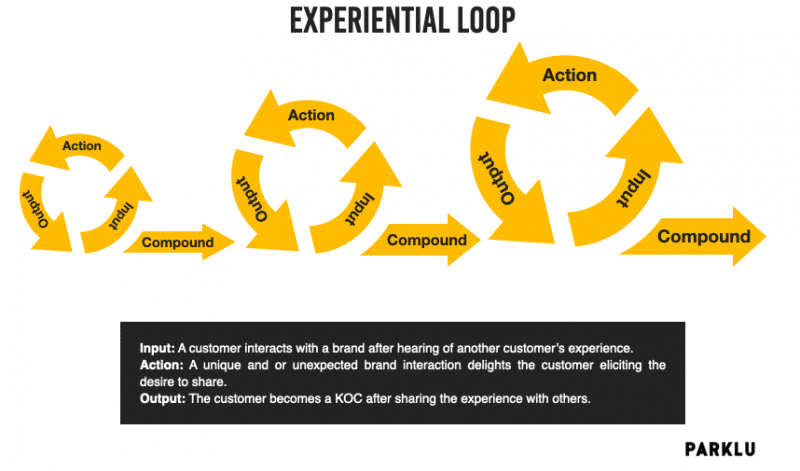
Still, great product design can become one of the countless entry points to the experiential loop. The loop begins at any customer touchpoint, and these can range from the mundane to the spectacular. Every opportunity that a brand has to capture the customer’s attention is the potential starting point for the loop. The high-profile product launch, the multi-million dollar ad campaign, or the in-store experience—each of these is a starting point for a conversation between brand and customer.
The goal is to delight the customer—to offer an experience that surpasses expectations, all the while demonstrating the brand’s culture, celebrating the customer, or demonstrating the brand’s humanity.
Case Study: Proya’s Bubble Mask
The Proya design team’s goal was to deliver a functional product that would not only meet the consumer’s needs but also be visually surprising and appealing. The video seemed to convey the mask’s appeal most vividly, so Proya collaborated with over 2,000 Douyin KOLs. The launch was timed for summer to capitalize on the Bubble Mask’s cooling qualities. The mask was an instant hit, and Proya was soon shipping around a million masks daily. At the height of its popularity, the Bubble Mask was Douyin’s number one recommended product, and Tmall also listed the mask among its most recommended. 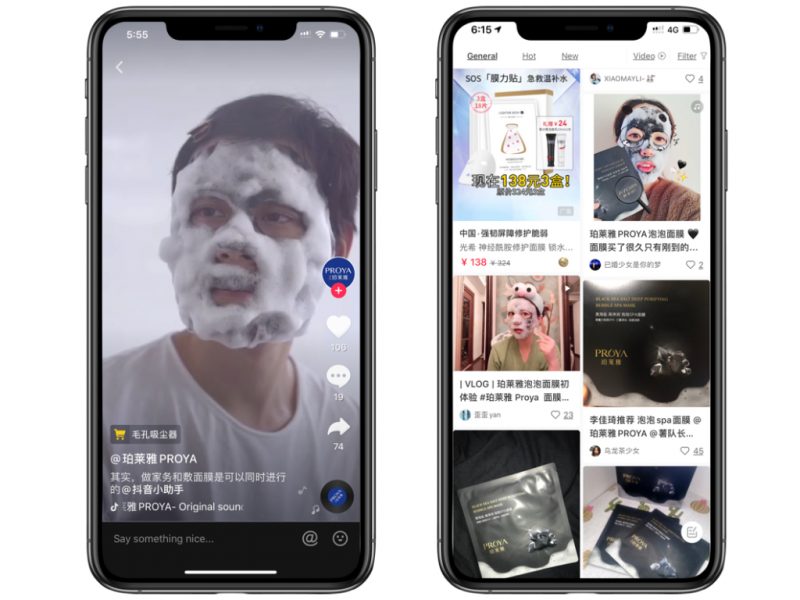
Case Study: Art & Aroma Essential Oil Skincare
Giving consumers ownership over the product design process can boost a brand’s chances of success. Art & Aroma engages KOC in decision-making, from the choice of scents and ingredients to developing packaging styles and product names. Qing Fen (清芬), Art & Aroma’s co-founder, said these initiatives make customers happy, as well as being beneficial to product development. Chinese beauty brand Chioture(稚优泉) has also applied these techniques to its design processes.
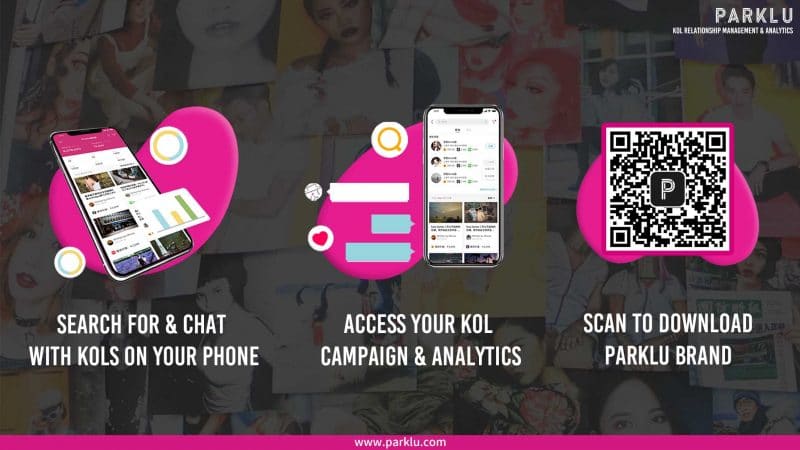


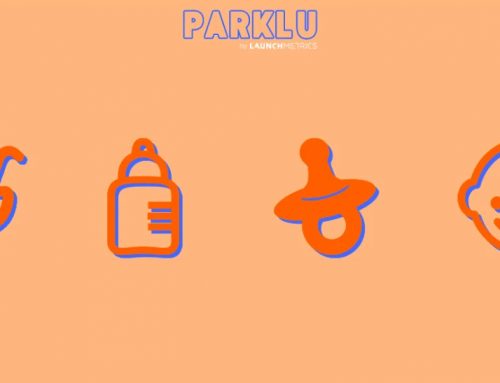
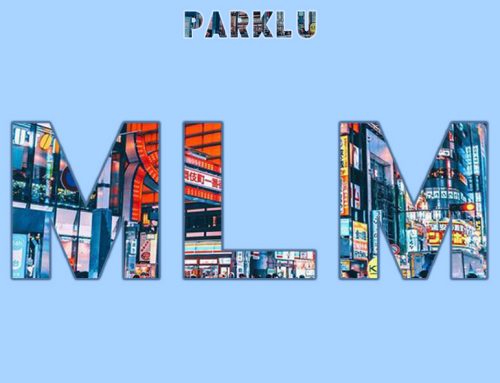
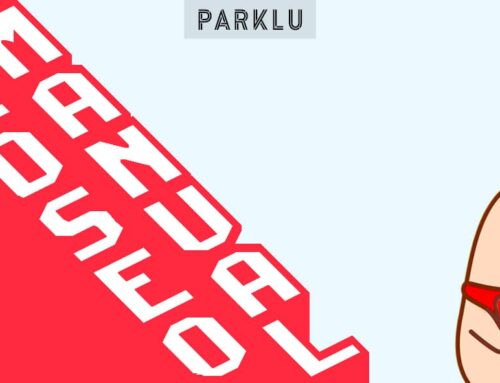
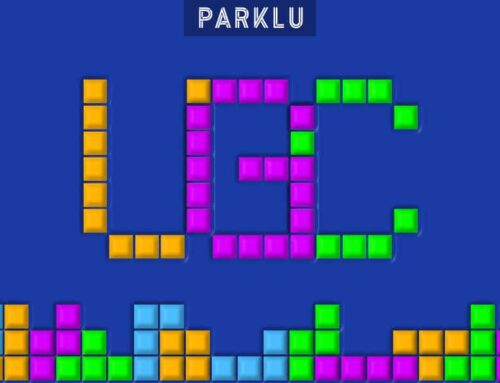
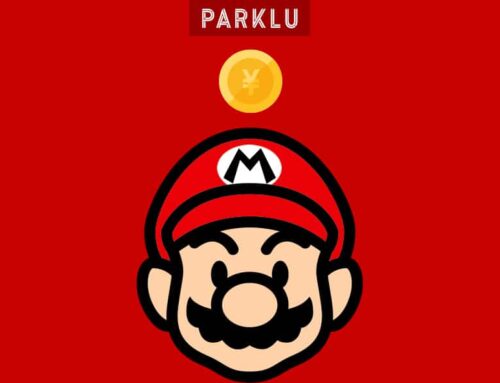

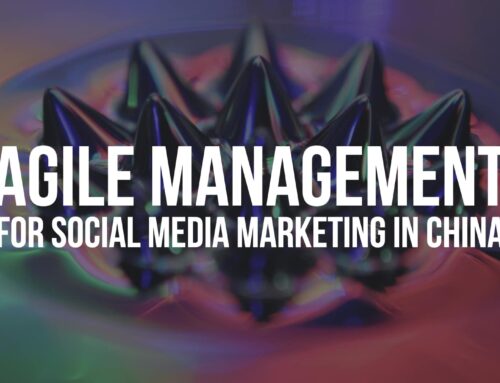
Leave A Comment